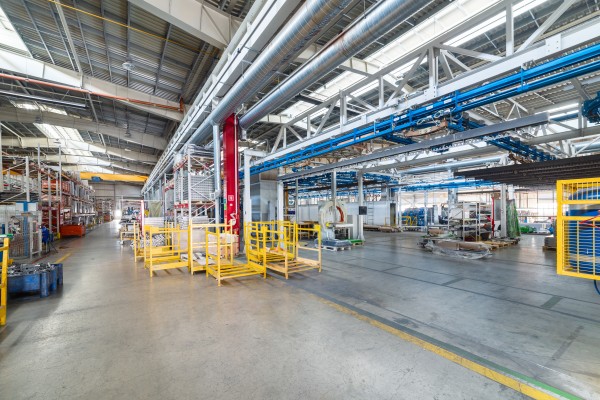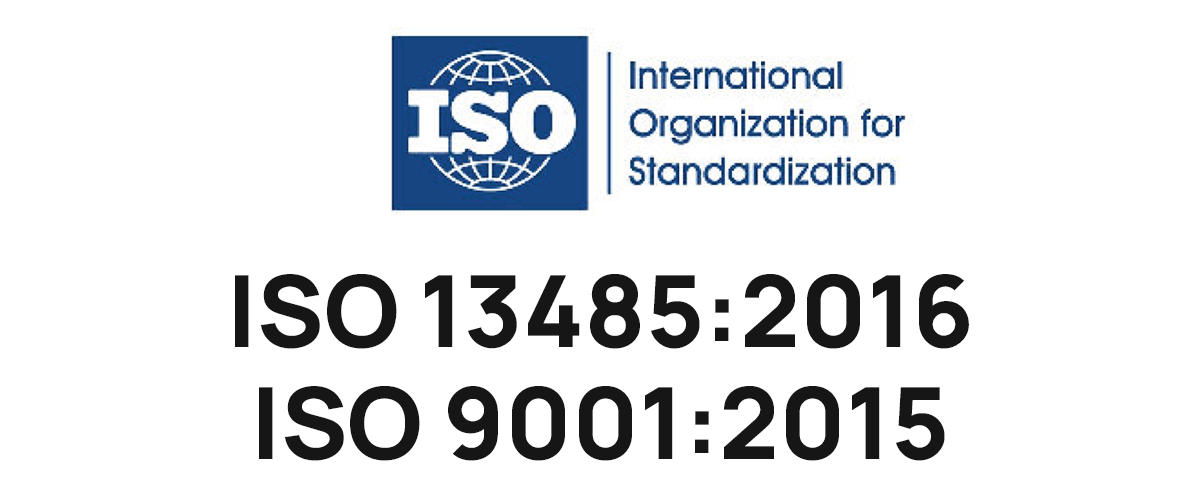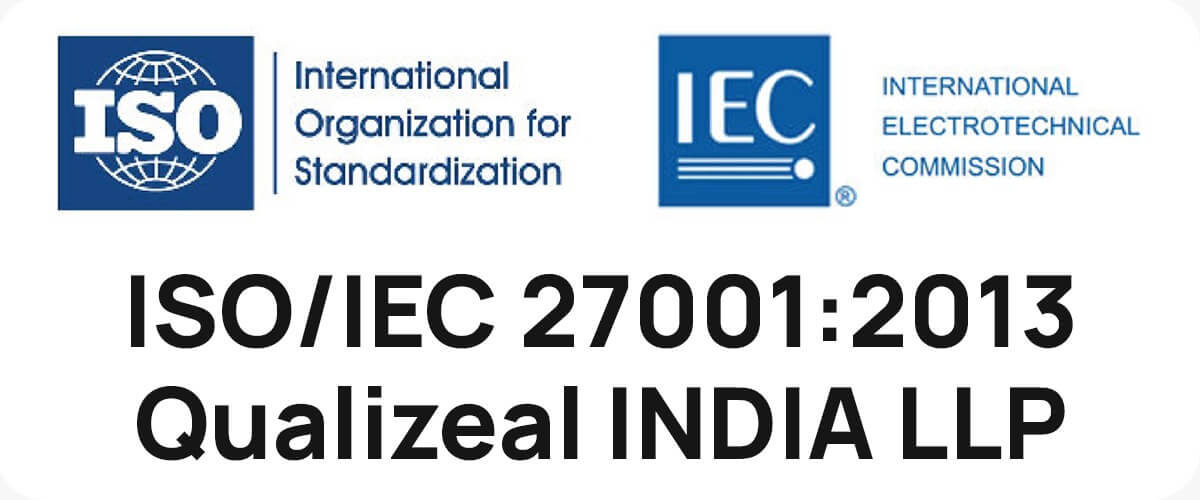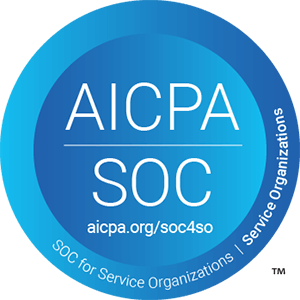How does continuous testing improve speed and scale with quality assurance- QualiZeal

With the market for continuous testing expected to expand from USD 1.15 billion in 2018 to USD 2.41 billion in 2023 with an annual 16 percent increase, organizations in every industry are attempting to accelerate their digital transformation in order to improve their company operations. Many believe that continuous testing is an important part of this move because it can help them reduce the business risks associated with software assets.
Enterprises are recognizing the need to test their technological platforms and better manage their connections with people, machines, and data. Continuous testing allows businesses to effortlessly integrate their software with legacy systems while also increasing company efficiency.
What is Continuous Testing?

Continuous testing is a type of software testing used in DevOps that involves testing at each stage of the development life cycle. Continuous testing aims to assess software quality as part of a continuous delivery process by testing early and frequently.
Traditional testing entails software being passed from one team to the next, with the project’s development and quality assurance (QA) phases well defined. To assure quality, the QA team would need a lot of time, and quality is usually given precedence over the project schedule.
Businesses, nowadays, demand that software be delivered to end-users more quickly. The more marketable software is, the more likely it is to provide firms with the chance for better productivity. The development team, DevOp team, Quality assurance (QA) team, and operational workers are all involved in continuous testing.
Continuous Testing and Quality Assurance: How Are They Linked?

The process of reaching or maintaining a desired level of quality in a service or product is known as quality assurance (QA). QA encompasses all efforts centered on ensuring the software meets particular requirements before it is published, with the goal of delivering consistent outcomes via the use of a standardized set of methods.
QA is process-oriented and does not entail product testing. Instead, it focuses on the methods that will provide the greatest results. QA aids a corporation in developing software that fulfills consumer expectations and encourages customer loyalty.
On the other hand, testing entails locating faults and bugs in software. As a result, software testing and quality assurance (QA) deal with separate concerns, but how they interact can be crucial in delivering the best product to a customer.
Quality assurance has traditionally been incorporated into processes late in the development cycle. The finished product, for example, is developed and sent to the QA team, who provides input and sends the software back to development to correct any anomalies.
In an agile setting, on the other hand, everyone—including the QA team—works together to produce ongoing changes. Developers, operators, and testers are all responsible for ensuring that a high-quality product is delivered.
Benefits of Continuous Testing For Industries and Product Development

The following are some of the advantages of continuous testing:
- Acceleration of software delivery by discovering any technical issues early on to save not only time but also money and resources as well.
- Improved code quality: reducing the risk of human error.
- It’s easy to integrate into the DevOps process.
- Users may develop a flexible, dependable workflow in hours rather than months.
- Time-to-market has sped up thanks to a constant feedback loop.
- The disconnect between development, testing, and operations is eliminated.
- Aids security by creating a support system that protects programs from unanticipated changes, cyber-attacks and software failures.
- Keeps the user’s experience in mind by ensuring flexibility and allowing the possibility of developing effective test cases, allowing for the proper testing of the customer experience on both the front-end and back-end.
- Reduces business risks by focusing on business expectations through agile development.
Conclusion:
Continuous testing, in software engineering, is the process of automating processes to test early, often, and everywhere. With regular, actionable feedback at every level of the delivery pipeline, continuous testing bridges the gap between developers and QA specialists and helps to enhance product quality.
In the current industrial scenario, there are a variety of user testing and integration solutions available to assist businesses in implementing rigorous continuous testing, each with its own set of characteristics. This makes it convenient for organizations to acquire the one that meets their requirements and fits their budget.
























